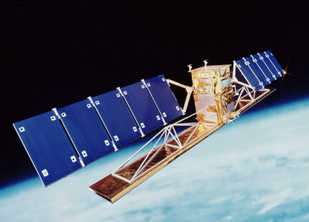
CGIS was an improvement over computer mapping applications as it provided capabilities for overlay, measurement, and digitizing/scanning. It supported a national coordinate system that spanned the continent, coded lines as arcs having a true embedded topology and it stored the attribute and locational information in separate files.
The most common method of data creation is digitization, a map or survey plan is transferred into a digital medium through the use of a CAD program. Modern GIS technologies use digital information, for which various digitized data creation methods are used. GIS data represents real objects such as roads, elevation, trees, with digital data determining the mix. Real objects can be divided into two abstractions: discrete objects and continuous fields such as rainfall elevations.
Analyzing and Visualizing Data with Power BI

Topological Modeling

Hydrological Modeling

Geometric Networks

Cartographic Modeling
Salient Features
- Create Maps
- Integrate Information
- Visualize scenario
- Providing appropriate access to data
- Developing customized GIS maps, tools and applications
- Providing technical assistance to support GIS needs
- Present powerful ideas
- Develop effective solutions
- Data of regulated facilities System
- Maintaining accurate location